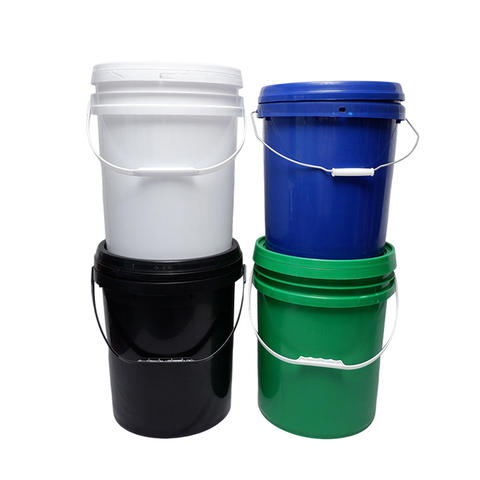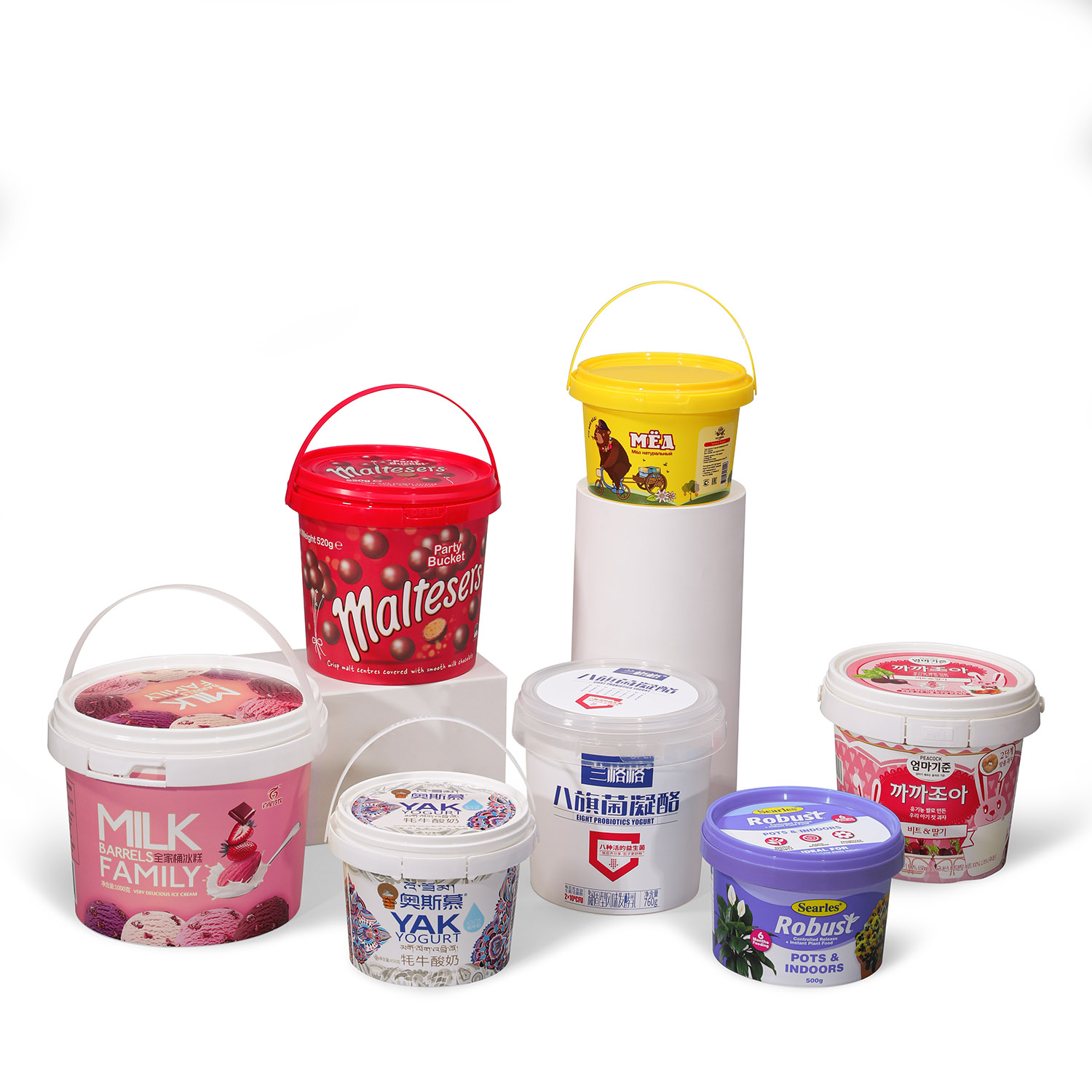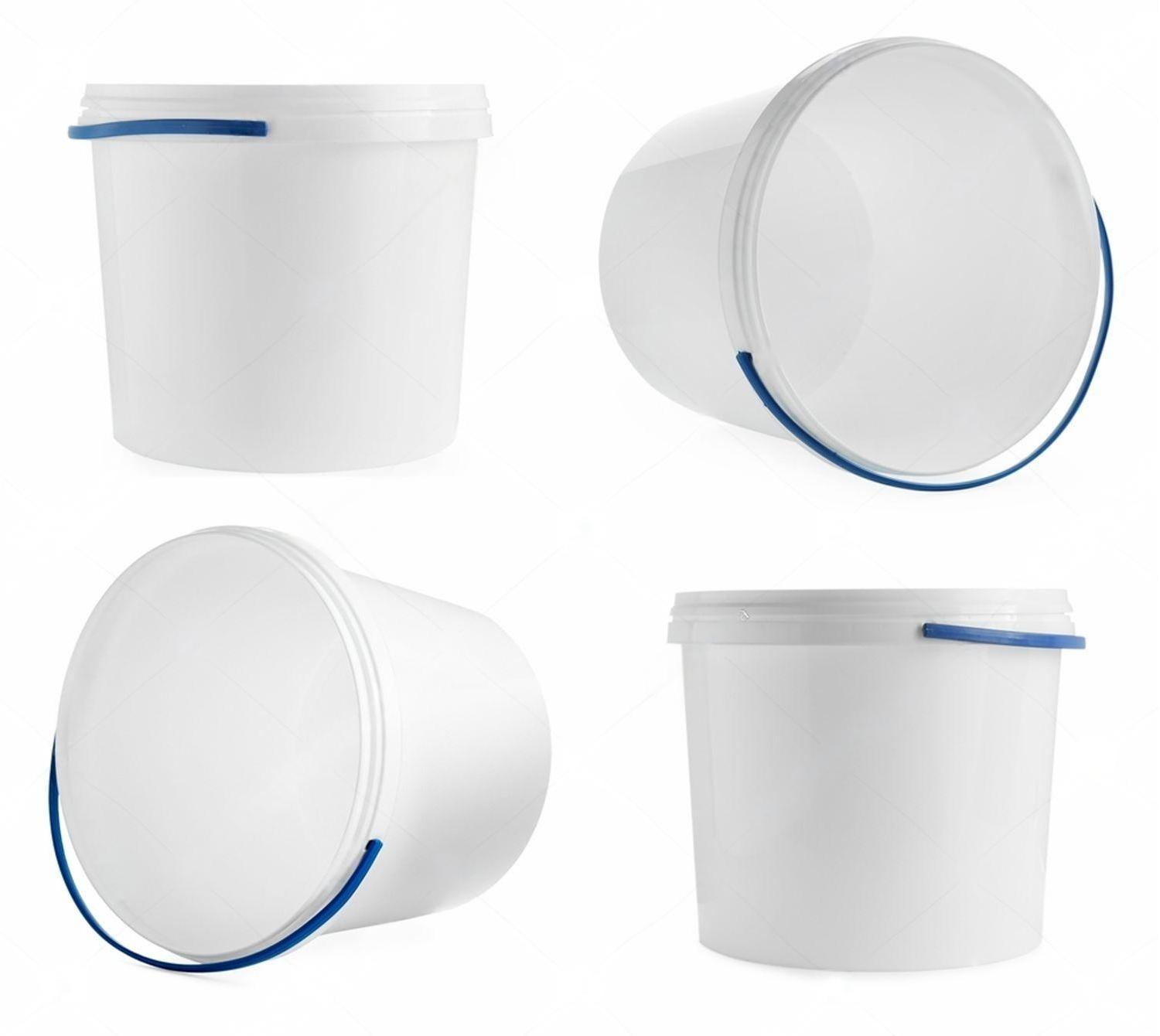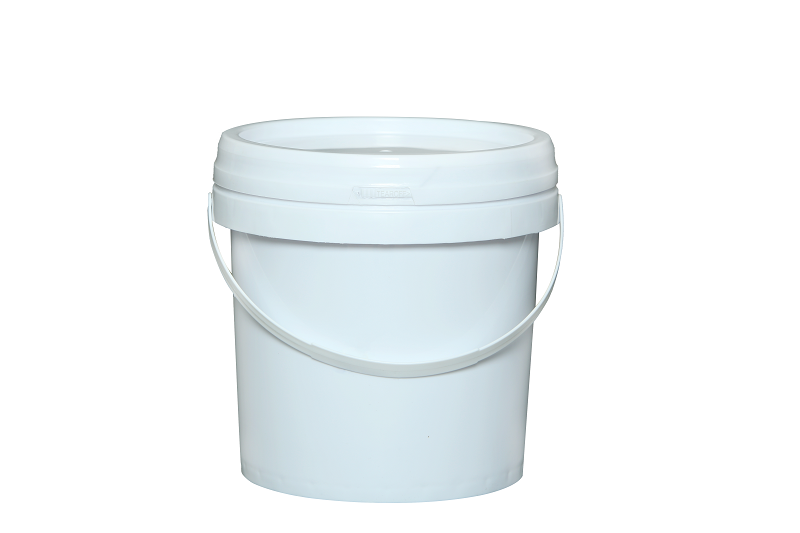
Lorem ipsum dolor sit amet, consectetur adipiscing elit, sed do eiusmod Lorem ipsum dolor sit amet consectetur adipiscing elit, sed do eiusmod lorem ipsum

Which Packaging Bucket is Best for Storing Grains and Legumes?
Umfassende Analyse der Produktion von Vogelfuttereimern im Jahr 2024, die Materialien, Herstellungsverfahren, Sicherheitsstandards und Nachhaltigkeitspraktiken umfasst. Ein unverzichtbarer Leitfaden für Fachleute und Hersteller.

Verbesserung von Kunststoff-Farbeimern: Ein Leitfaden für effektives Malen
Startseite Inhaltsverzeichnis Einleitung Die Bemalung von Kunststoffeimern kann ein anspruchsvolles, aber lohnendes Unterfangen sein. Während traditionelle Methoden oft

Umfassender Leitfaden für die Auswahl des idealen Kunststoffeimers für Ihre Anforderungen
Startseite Inhaltsverzeichnis Einleitung Die Wahl des richtigen Kunststoffeimers ist eine wichtige Entscheidung, die über einen einfachen Kauf hinausgeht.












